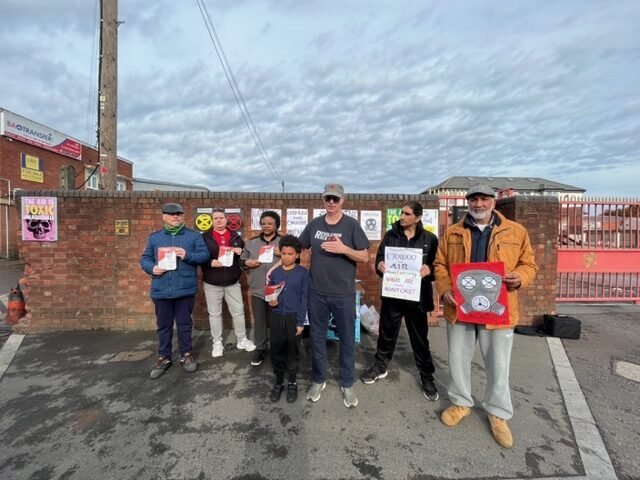Diseases & Structural Violence
Norwegian sociologist, Johan Gultang, introduced the term structural violence in the 1960’s to describe the outputs of racism, classism, sexism, and other marginalisations. He defined structural violence as an “avoidable impairment of fundamental human needs”.
-
Non-Communicable Diseases are not a question of happenstance, “bad luck”, or due to a group's genetic make-up. They are highly linked to exposure to pollution, contaminants, and marginalisation. Our work explores how structural violence through inadequate healthcare, social care, and legal systems act as pathways to disease development.
-
We hope to walk towards the following
Successfully use neuroscience to provide a cognitive infrastructure that helps physiologically link health to place.
Use neuroscience to add another layer to social justice work, particularly providing communities with a further lexicon to express the phenomena of injustice. In order to be able to advocate for their health in the face of injustices.
A change towards a more accurate narrative of health. One that acknowledges the physiological link between health and place.
-
The main way to get involved is to sign up to Air is Kin quarterly virtual drop-ins. Also in the Air is Kin Academy you can follow a set of self-directed workshops, which are divided into modules and lessons.
“
Trauma stemming from exposure to contaminants like air pollution, inadequate housing and psychosocial stressors also creates systemic biological and cellular changes. For example, it can change our gut bacteria environment, which has implications for obesity (source). In cases of acute trauma, some can experience PTSD, which creates neurobiological abnormalities which alters the function of various biological systems, this too has implications for obesity (source). The link between obesity and trauma also provides a wide ecological scope to understand the different determinants of a disease that is complex and not just a “lifestyle choice”.
ACTIVE PROGRAMMES
THE PEOPLES’ OBESITY JUSTICE
This work aims to demonstrate the harm of the dominant, individualised, narrative of obesity and present an alternative.
HEALTHCARE WORKERS FOR HEALTH JUSTICE
A political education co-learning programme designed to develop health practitioners’ analysis and praxis of health justice.
Our Research
A selection of works from this area of work.
If you want to read more, go to the Research Library.
Partner With Us
We work ecosystemically. We recognise that the pathway to the abolition of systems that create health injustices cannot be done alone. We always welcome approaches for partnerships with like-minded organisations to help drive our collective missions forward.
Stay Informed
Sign up to our monthly newsletter to keep up-to-date with our events, projects and the chance to interact with our growing health justice community.
























